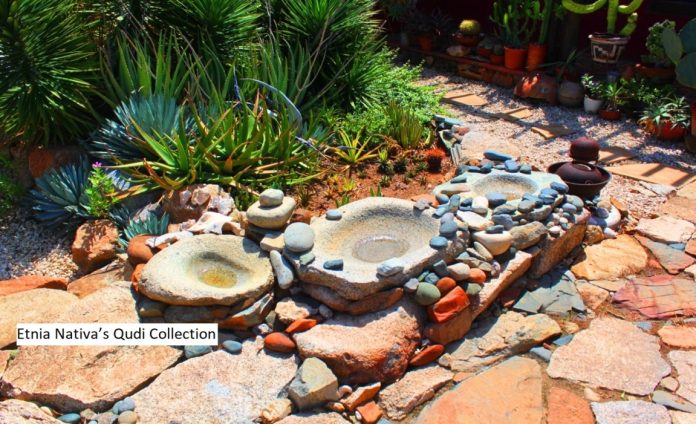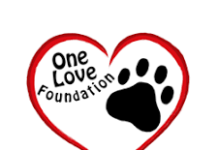Booking a magical glimpse inside Etnia Nativa is easy!
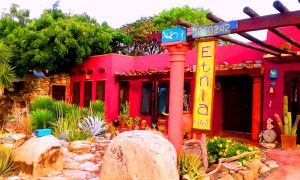
Article by Etnia Nativa call us 592 2702 and book your experience!
Through this platform, Etnia Nativa shares authentic native perspectives—educating the public and inspiring a deep connection to Aruba’s environment through what we call the ‘island caretaker’ mindset.
In this episode, we introduce our readers to a native object known as Pie di Mula in our local language, Papiamento. This ancient artifact refers to a traditional Caquetian grinding stone, the Mano and Metate—a vital tool of our ancestral heritage, also known by its old native name Qudi.
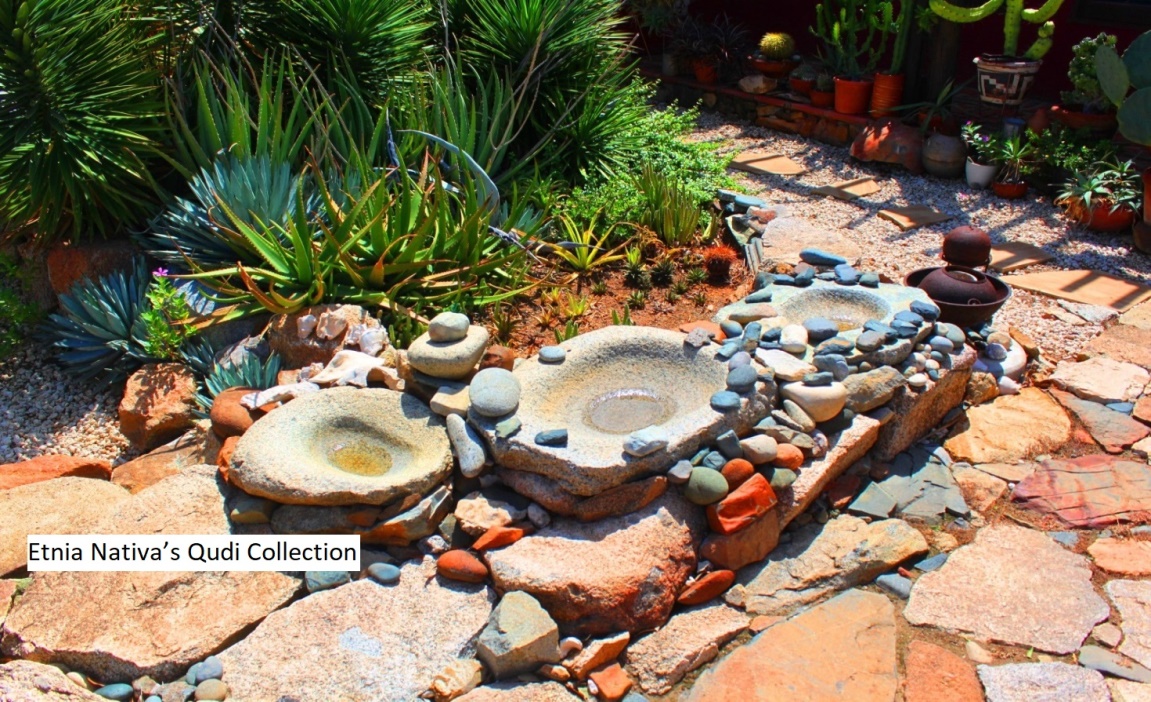
Interestingly, the word Qudi is also used to describe natural cracks commonly found in the flat limestone areas where coral meets the rocky terrain of the island. These formations occasionally harbor small springs or expose groundwater. In addition, Qudi refers to depressions found on granite boulders that can collect and retain rainwater for extended periods—sometimes even until the next rainfall. These natural water containers were essential sources of fresh water in ancient times.
The Qudi, or Pie d’Mula, is a powerful symbol of our survival as sedentary settlers dating back thousands of years. It stands as one of Aruba’s key heritage artifacts: an ancestral grinding stone traditionally paired with a perfectly shaped pestle known as the Mano, or Manga in Papiamento.
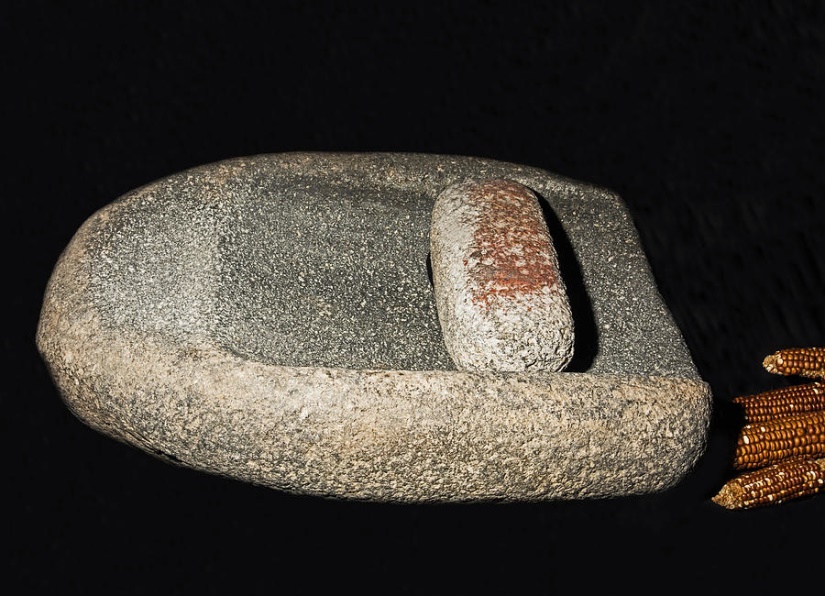
Over the centuries, both stones—the Pie d’Mula and its Manga companion—would shape each other through repeated use. The Pie d’Mula is typically made from granite, part of the island’s batholithic rock formation. To find the right Manga, one had to go to the north coast, where dry rooi (riverbeds) meet the beach, and select a naturally rounded stone that fit the grinding depression perfectly.
These tools were primary commodities—raw materials transformed into Aruba’s unique milling stones. Together, they form a lithic testimony to our island’s ancestral agro-pottery tradition.
Some scholars have even debated whether the Qudi is a Caquetío adaptation of an even older cultural heritage.
The basic mechanical purpose of the Pie d’Mula or Qudi is to grind and polish. Its surface serves as an anvil, while the Manga functions as the pestle—primarily used to grind maize into flour. In many cultures, corn flour symbolizes spiritual transformation and is closely tied to the mysteries of life, death, and rebirth.
Traditionally, the Pie d’Mula was passed down to the eldest aunt or sister, who served as the matriarch and guardian of the stone. Like mortars or metates in other traditions, these stones carried deep symbolic meaning—representing the cycles of life and death, and the enduring hope for renewal and transformation across generations.
Typically, the Pie d’Mula is a large stone with a smooth depression or bowl worn into its upper surface. This bowl may have formed naturally through weathering or been created over time by the continuous grinding of materials using a smooth, hand-held stone known as a Manga.
The horizontal grinding motion used with the Pie d’Mula is more efficient than the vertical crushing method of a mortar and pestle. Deeper bowls indicate either long-term use or a high level of daily activity.
In traditional Amerindian cultures, the Pie d’Mula or Qudi was most often used by women during food preparation to grind maize and other organic materials into flour—used to make staple foods such as tortillas, cachapa, or pan bati bread.
Beyond grinding cereals, seeds, and legumes, the Qudi or metate served a wide range of other purposes: preparing healing potions, grinding clay, milling fish bones, extracting natural dyes from plants and minerals, and even assisting in rope-making. Its uses were nearly endless.
Sadly, much of our Qudi’a cultural heritage was lost during the 1970s due to the illegal export of artifacts to foreign collectors.
Although often overlooked by scholars as simple, everyday tools, a closer and more methodical study reveals how central the Pie d’Mula or Qudi was to native life. Their origins may even predate the well-known Caquetío culture, suggesting an even older heritage rooted deep in the island’s history.
It is therefore vital to document the remaining Pie d’Mula—including their family owners, origin stories, and places of discovery—tracing their history across generations. From their creation (“birth”) to their eventual abandonment or repurposing (“death”), these artifacts reflect the life cycles of entire communities. They represent one of the most unique and complex traditions among pre-Columbian cultural objects.
Pie d’Mula comes in various forms and sizes, with their morphology differing by region. Some are circular, rectangular, or curved; some have rims, while others do not. Many show signs of prolonged use—some even carved from limestone or coral, later repurposed as freshwater filters.
At Etnia Nativa, you can deepen your connection to Aruba’s ancestral narratives and explore the island’s true cultural fabric. As the Caribbean’s only “living museum,” it proudly represents Aruba’s rich mestizaje—a dynamic cultural blend shaped by centuries of heritage.
Since 1994, Etnia Nativa has been a pioneer in cultural preservation, co-founding Aruba’s National Park, the Archaeological Museum, and several artisan and community-led initiatives.
Connect with the spirit and soul of ancient Aruban heritage through this one-of-a-kind experience. Enjoy your Aruba—book and discover!
WhatsApp: +297 592 2702 or Email: etnianativa03@gmail.com


